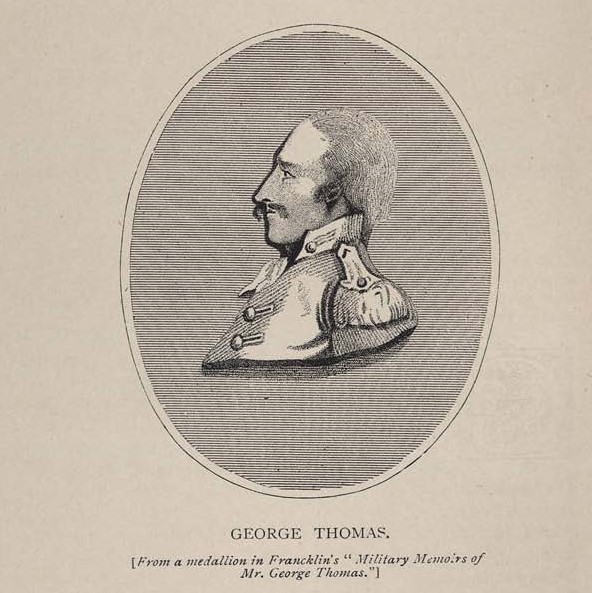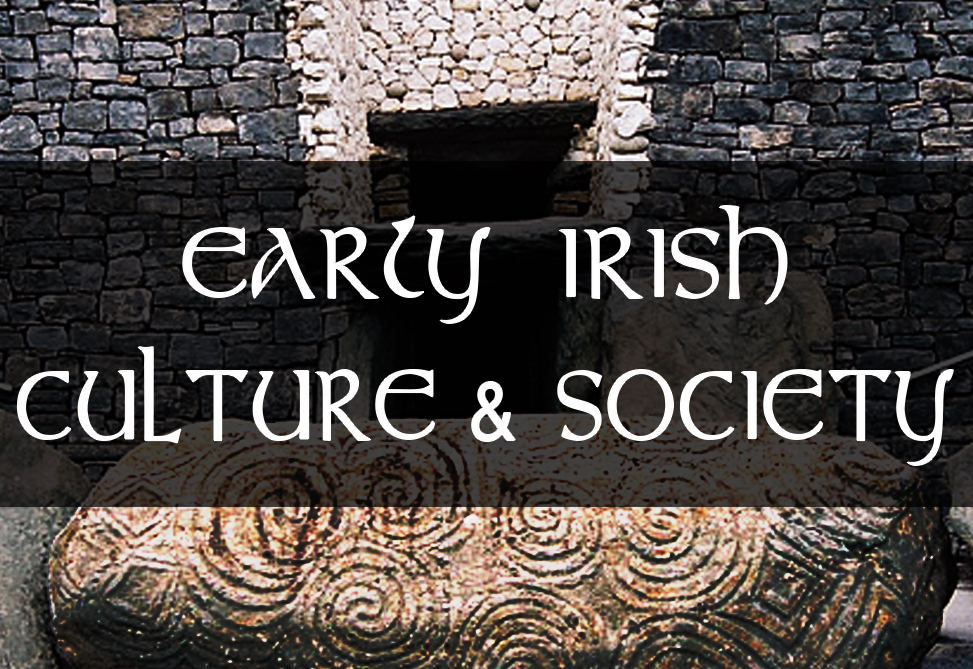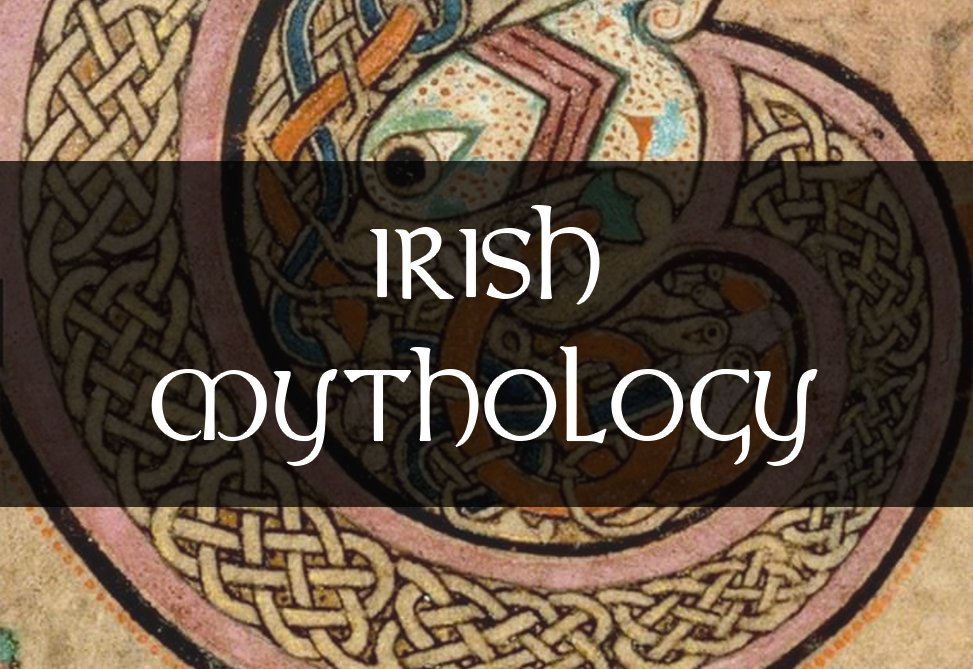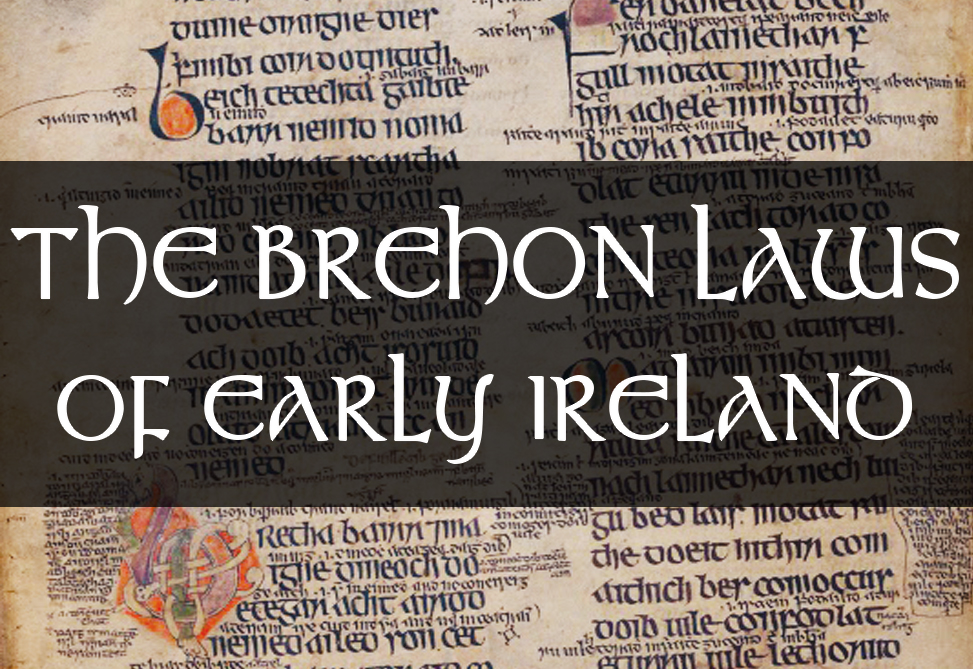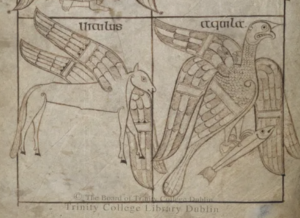In the curious unfolding of historical events, occasionally there will be certain characters that seem almost too extravagant to be real. George Thomas was one such man – an Irish soldier in the British Navy who deserted, became a mercenary, and made it through the knotty intrigues and political rivalries of 18th-century India ultimately carving out a small kingdom for himself in the state of Haryana. From his humble beginnings in Roscrea, Tipperary, Ireland, Thomas emerged as a remarkable figure, whose legacy in the Hisar and Rohtak districts of Haryana still sparkles today.
Born to a poor Catholic tenant farmer, young George’s life was marked by hardships early on, as his father passed away when he was a child. Yet, it was perhaps this adversity that sparked an adventurous spirit in him. At the age of 25 George had been serving in the British Navy overseas for some years when, in 1782, he took a leap of faith and deserted the British Navy in Madras; a defiant act that would initiate his extraordinary rite of passage to raja.
Accompanied by a band of Pindaris, he travelled northwards, eventually reaching Delhi by 1787, where he took service under the capable Begum Samru of Sardhana. His military prowess and strategic genius quickly made him a favourite general, but power plays and rivalries led him to shift his allegiance by 1792.
Finding new grounds, George started working for Apa Khande Rao, a Maratha chieftain under Mahadaji Scindia of Gwalior State. For four years, George worked diligently, demonstrating his military prowess by subduing Rajputs of Rajasthan, Kachawa Shekhawat Thakur rulers of Haryana and Shekhawati, Mughals under vizir Mirza Najaf Khan and Bhatti Muslim Rajputs. His tireless services earned him the jagir of Jhajjar, where he constructed a fort known as Georgegah, or Jahazgarh as known locally.
George Thomas went toe-to-toe with powerful warlords, defeating the Kachuwa Shekhawats Thakur rulers of Haryana and Shekhawati, Sikhs Misl of Punjab, Mughals under Wazir Mirza Najaf Khan and Bhatti Muslim Rajputs. On the death of Apa Khande Rao in 1797, George decided to step into the void, declaring himself the independent King of Haryana.
From 1798 to 1801, this audacious Irishman “ruled” Haryana, carving out a small but prosperous kingdom from Hisar and Rohtak districts. It must be stated that Thomas never formally held the title of Raja, but it became a de facto appellation for the Tipperary man. The everyday folks fondly referred to him as the Raja from Tipperary, signifying his far-fetched journey and the affection he had garnered so far from home.

If carving out his own de facto raj wasn’t audacious enough, George Thomas went further by taking the unprecedented step of minting his own currency. By minting coins, Thomas was making a clear statement about his independence and authority over his kingdom. That an Irishman, thousands of miles from home, in a land of profound cultural differences, was able to accomplish this feat is a testament to Thomas’s resilience, resourcefulness, charm, and his audacity.
These coins are now valuable artefacts, telling the extraordinary tale of an Irish man who not only became a king in India but also left an indelible mark on the region’s economic history. Every piece of metal imprinted with his insignia is a testament to a time when an Irish adventurer turned the tides of fate to become a ruler in a foreign land, adding a unique chapter to the intertwined histories of Ireland and India.

The Jahaj Kothi Museum, once George’s residence and the Jahaj Pul suburb in Hisar of Haryana state in India stand as reminders of his rule and his unique journey. His exploits were recorded by his biographer, William Franklin, in the biography “Military Memoirs of George Thomas” in 1805, offering us a glimpse into his remarkable life.
